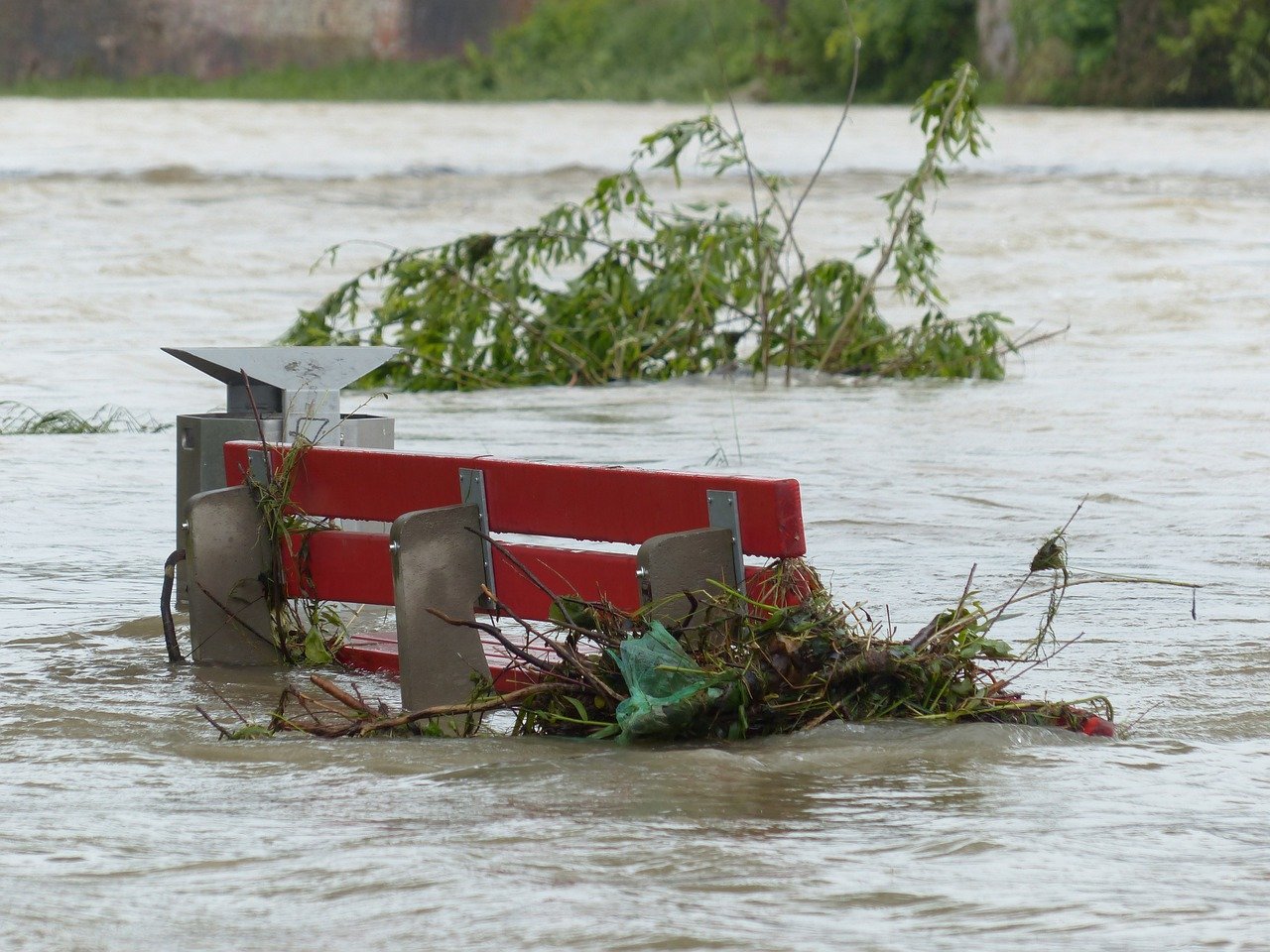Flood insurance is a separate type of coverage from homeowners insurance. It must be renewed annually and comes with a 30-day waiting period. If you live in an area that experiences frequent flooding, it may be cheaper to buy renters insurance instead. Flood insurance also comes with a deductible. Before you can get coverage, it’s important to know what you’re getting yourself into.
Renters insurance may be cheaper
Renters insurance costs a few hundred dollars a year, but it can protect you against damage and loss of personal property. In many cases, you can even get discounts that homeowners don’t get. One new insurer that is gaining ground is Lemonade. This insurer uses Artificial Intelligence to assess your needs and provide insurance in as little as 90 seconds. In addition, their app is very user-friendly and can reimburse you within five minutes if you file a claim. Most rental insurance companies take weeks to process claims, which is not ideal.
Before buying a policy, it’s best to talk with a renter’s insurance agent. They’ll explain how your coverage works, as well as answer any questions you might have. Flood insurance covers rising waters, but it doesn’t cover damage caused by high winds or rain. Furthermore, flood insurance doesn’t cover living expenses or damaged vehicles.
Flood insurance is a separate coverage type from homeowners insurance
Flood insurance is separate from homeowners insurance, but the two policies have many similarities. A standard flood insurance policy covers flood-related damages up to the policy’s liability limit and replacement cost. Flood insurance pays for flood damage to your home’s structure, floor surfaces, and foundation. It covers loss of contents, including personal belongings and furnishings. The deductible is often between $1,000 and $5,000.
Typical floods are caused by melting snow or heavy rain. These conditions can result in the overflow of rivers and lakes, which then flood nearby areas. Although snowmelt and rain are factors that can trigger a flood, minimum rainfall and snowmelt levels don’t necessarily determine whether or not a home will flood. Whether your home is in a flood-prone area is an important factor when choosing flood insurance coverage.
It must be renewed every year
Every year, you must renew your flood insurance policy. Your insurance company or the National Flood Insurance Program will send you a renewal reminder. You can also check your policy declaration form to find out when it is time to renew. Flood insurance must be renewed annually, so that it can continue protecting your home from future flooding.
If you are renewing your flood policy, you should pay the renewal premium. This will take effect 30 days after you purchased it. The renewal premium must be paid within the grace period. If you do not renew your policy, you will have to wait until FEMA reauthorizes it.
It has a 30-day waiting period
The 30-day waiting period is generally applicable to loans whose flood insurance has already expired. However, if the flood insurance has been renewed, the waiting period does not apply. This grace period allows you to reinstate the policy to continue coverage for the remaining time period. In the meantime, you can still receive insurance benefits from the previous policy.
If you want flood insurance for your home but are unsure if you qualify, you can check the availability of the National Flood Insurance Program. This program covers flood damage caused by hurricanes, so it is best to apply for flood insurance as early as possible. The waiting period will vary depending on the type of flood insurance you purchase. However, you can avoid the waiting period by making changes to your current policy before it expires. In some instances, you may be eligible for immediate coverage if your mortgage company requires it or if your adjuster determines that you fall into a special risk category.
It has lower limits than NFIP coverage
If you’re concerned that the flood insurance limits you have through the NFIP will not be sufficient, you may want to consider private flood insurance. Private flood insurance can supplement or replace an NFIP policy, and it can cover outdoor property, detached structures, swimming pools, basements, and more. Most policies cover between $250,000 and $1 million for your home and its contents. It’s best to choose a policy with limits matching the value of your home.
You may also want to consider purchasing flood insurance that offers a higher deductible. This insurance is generally cheaper, but it may not be the best option for you. The deductible amounts for NFIP coverage range from $1,000 to $10,000. For higher deductibles, you can qualify for discounts. However, you need to keep in mind that NFIP policies only cover certain claims. Also, you can’t cancel them.



